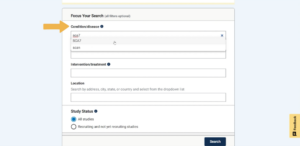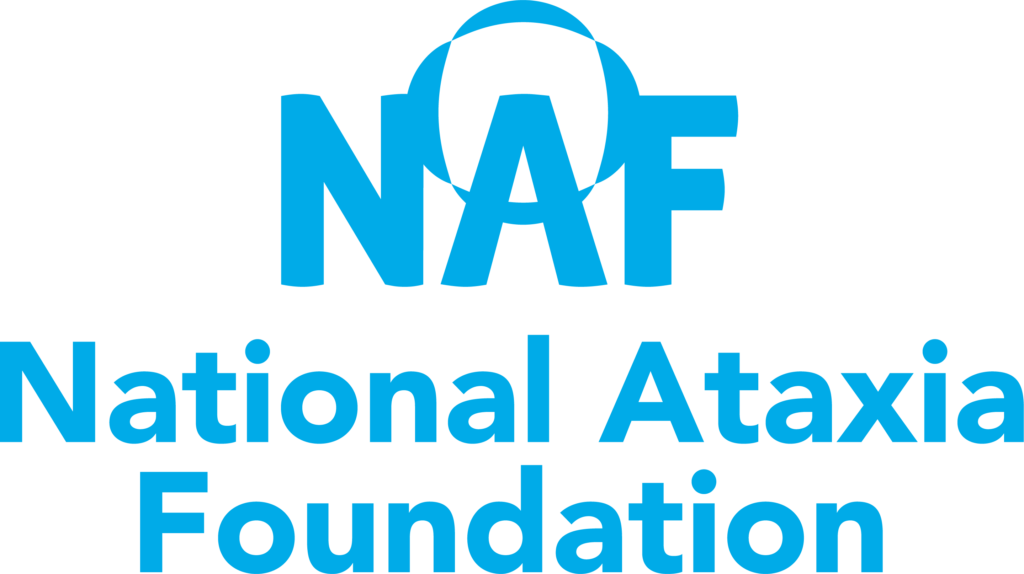
In clinical research, scientists design studies to learn more about diseases and answer questions about new treatment options. Interventional clinical trials are used to better understand the safety and effectiveness of a new drug or medical device. Observational clinical trials help researchers learn more about how diseases develop over time in different patients. Pharmaceutical companies, academic researchers, and patient organizations like NAF all collaborate to design safe, valuable natural history studies and clinical trials for ataxia.
One important consideration when designing studies like these is determining which patients will be involved. Researchers must specify eligibility criteria: a set of rules that outline which patients may be allowed to enroll in the study and which patients may not. Eligibility criteria can be divided into two categories – inclusion criteria and exclusion criteria.
Inclusion criteria identify the group of people that researchers will study. This list will specify factors such as type and stage of disease to be studied and can also include previous treatment history and demographic factors such as age, sex, race, or geographical location. All patients included in the trial must be willing to participate and give informed consent.
For ataxia research, inclusion criteria might include:
- Specific ataxia type(s) being studied
- Having a confirmed diagnosis through genetic testing
- Age range of participants (some studies are only for adults or only for minors, for example)
- Targeted SARA score range
Exclusion criteria define factors that would prevent patients from enrolling in a study. There are sometimes reasons where someone who otherwise fits the inclusion criteria might need to be excluded after all. Sometimes interested patients have other diseases or take medications that can impact study results. Also, some medical conditions make it unsafe to participate in certain types of clinical testing. Some reasons for exclusion include age, pregnancy, or inability to undergo specific medical procedures.
For ataxia studies, exclusion criteria might include:
- Having a different type of ataxia than the one(s) being studied
- Taking medications that are not compatible with the study’s treatment design
- SARA score outside the study’s targeted range
Eligibility criteria can sometimes feel restrictive. However, it is important to remember that researchers design every study with patient safety at the forefront. Inclusion and exclusion criteria are one way researchers plan safe, effective studies and protect patients. These criteria are carefully set by the study’s investigators. Then the criteria are reviewed and approved by the Institutional Review Board (IRB) or ethics committee at each site.
To learn more about participating in ataxia trials, visit our Research Participation Webpage. You can also learn more about participant protection in trials by checking our previous PrepRARE video on clinical trial safety.
Read Our Other PrepRARE Articles

Eligibility in Clinical Trials: Learn More about Inclusion and Exclusion Criteria

All About New Drug Applications (NDAs)

What is an Investigational New Drug (IND) application?

Patient Registries – What are they and why do they matter?

Finding Clinical Trial Information Using ClinicalTrials.Gov











